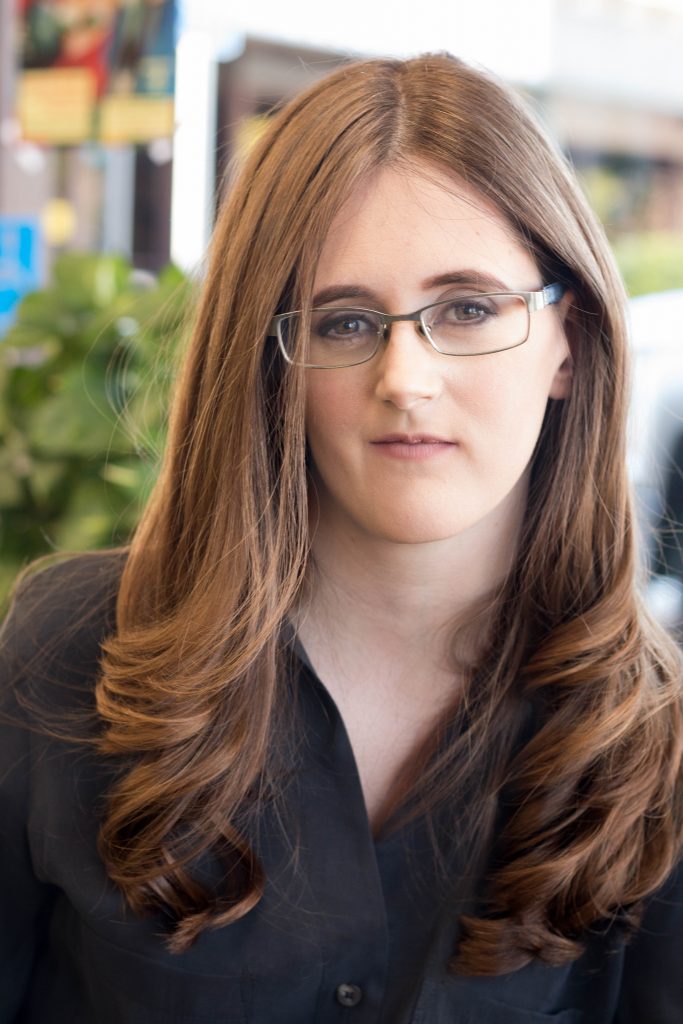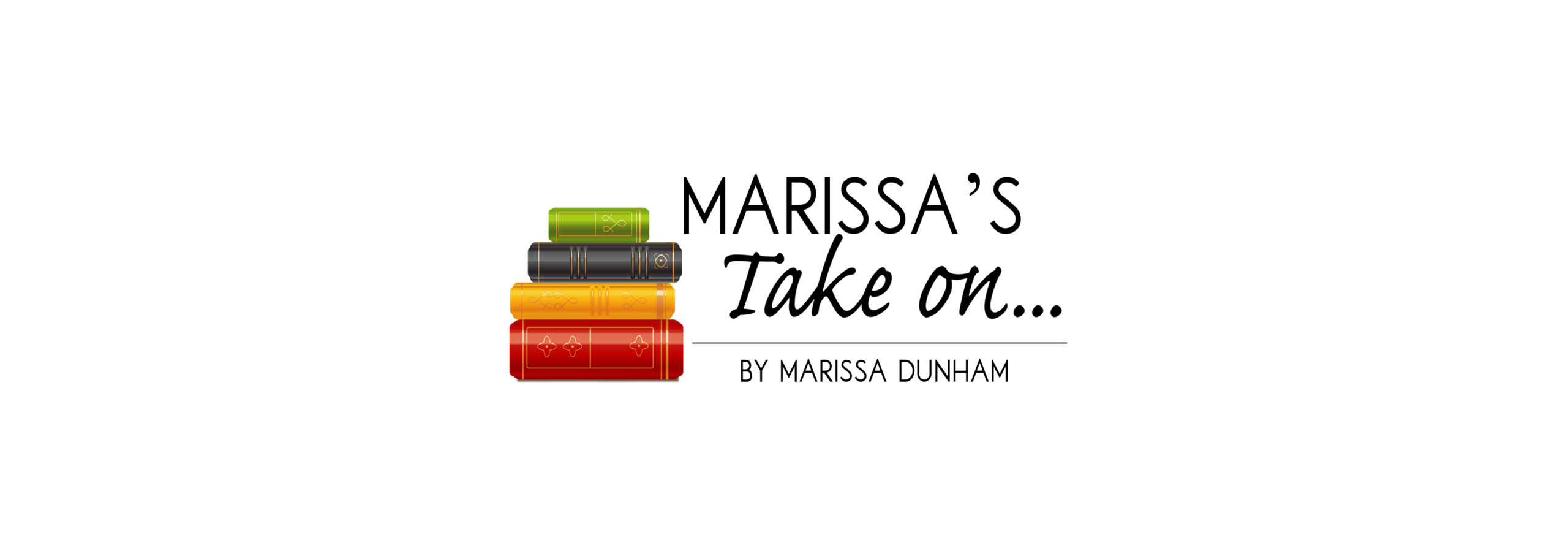By Marissa Dunham //
Horror. What is it about the genre that sends shivers down our spines?
The craft books recommended today cover genre tropes and writing advice that will excite the imagination for when you’re writing horror. The genre is unmistakable for its chills, monsters, gore, and the supernatural. These elements are why readers and writers keep coming back for more and why taking the time to read about them in the below craft books will improve your next ghost or monster story.
Consider, too, reading one of these craft books if you do not write or have never written horror. Suspense is not a bad thing to practice.
HORROR FACTS
Shirley Jackson, author of The Haunting of Hill House, grew up in and around San Francisco, CA.
Special thanks to Horror Writers Association for their contributions in researching this list.
Here are the five!
1. Writing in the Dark by Tim Waggoner
Specifically for the craft of writing horror, Waggoner discusses all the basics and more. You will learn about writing suspenseful scenes, satisfying character arcs, stylized narratives, and building monsters from his 30 years of experience. The book is roughly 236 pages and originates from his blog of the same name.
2. On Writing: A Memoir of the Craft by Stephen King
I’ve recommended this book before, but that’s because it comes up so many times in conversations with other writers. It’s popular. The first half of this roughly 291-page book is Stephen King’s quasi-memoir where he captures the pivotal moments in his life that lead to his writing career. The second half of the book is his craft talk. But, the highlight for writers is probably the two drafts of a chapter from 1408 at the end of the book, which show in-line edits King made to clean up his writing. As a writer and freelance editor, I love the inclusion of these pages. I’ve also recommended this book to non-writers who enjoyed learning more about this prolific writer. PG-13 for language. Bonus: Pair this book with King’s older nonfiction book Danse Macabre for a full picture of the genre.
3. “Notes For a Young Writer” by Shirley Jackson
This timeless essay from “Lottery” and The Haunting of Hill House author, Shirley Jackson, is only an online search away. The essay was originally going to be several notes from Jackson to her daughter who wanted to be a writer. Later Jackson may have read it as a lecture and it was published posthumously in Come Along with Me. The essay is about 9 pages and covers writing in a general way, like advice on sustaining the suspension of disbelief, integrating world rules, and keeping scenes tidy. It’s a comforting, familiar essay that is sure to please any writer.
4. The Horror Writer: A Study of Craft and Identity in the Horror Genre edited by Joe Mynhardt
This holistic book on horror craft, of about 216 pages, lays down the foundations for writing good horror and business advice. Included in the book are interviews with other authors and an analysis of HP Lovecraft’s work by Ramsey Campbell.
5. Writing Scary Scenes: Professional Techniques for Thrillers, Horror and Other Exciting Fiction (Writer’s Craft) by Rayne Hall
If you’re newer to the genre, switching between genres, or looking for an easy flip-through guide, this craft book has a surprising bundle of tips to intensify your scene work in horror. Some spotlights from the book are her sections on using sound words or euphonics to illicit fear, scene structure, speaking to a reader’s emotion response, climax, and what Hall calls the “black moment” for your character. The book is an easy read and very short at about 132 pages.
Marissa’s Take Practice Exercise: Hoarding Fear Verbs
Take a sheet of paper and handwrite a list of all the verbs you know related to fear. Write for 5 minutes as a warm-up or in between tasks.
Next month we’ll review craft books for memoir.

MARISSA DUNHAM is a writer and freelance editor. She spent the early part of her career in educational publishing, but now spends most of her time editing literary fiction, magical realism, and middle grade fiction. She lives in Southern California, where she enjoys bringing new life into the world by planting tomatoes and flowers in the garden.

